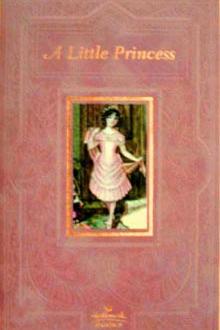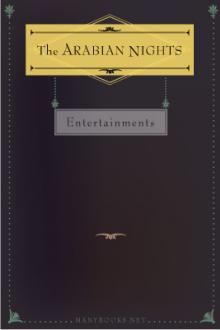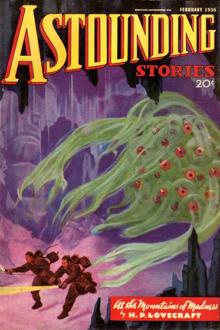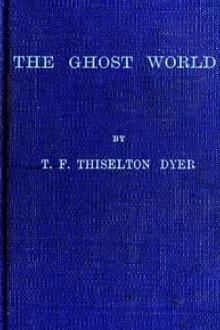Folk-lore of Shakespeare
Folk-lore of Shakespeare
It would be difficult to overestimate the value which must be attached to the plays of Shakespeare in connection with the social life of the Elizabethan age. Possessed of a rich treasury of knowledge of a most varied kind, much of which he may be said to have picked up almost intuitively, he embellished his writings with a choice store of illustrations descriptive of the period in which he lived.
Book Excerpt
t of the Burning Pestle" (iii. 4): "There is a pretty tale of a witch that had the devil's mark about her, that had a giant to be her son, that was called Lob-lye-by-the-Fire." Grimm[17] mentions a spirit, named the "Good Lubber," to whom the bones of animals used to be offered at Manseld, in Germany. Once more, the phrase of "being in," or "getting into Lob's pound," is easy of explanation, presuming Lob to be a fairy epithet--the term being equivalent to Poake-ledden or Pixy-led.[18] In "Hudibras" this term is employed as a name for the stocks in which the knight puts Crowdero:
"Crowdero, whom in irons bound, Thou basely threw'st into Lob's pound."
[16] Mr. Dyce considers that Lob is descriptive of the contrast between Puck's square figure and the airy shapes of the other fairies.
[17] "Deutsche Mythologie," p. 492.
[18] See Keightley's "Fairy Mythology," pp. 318, 319.
It occurs, also, in Massinger's "Duke of Milan" (iii. 2), where it means "behind the arras:"
Editor's choice
(view all)Popular books in Short Story Collection, History, Fiction and Literature
Readers reviews
0.0
LoginSign up
Be the first to review this book

 Free Download
Free Download

























